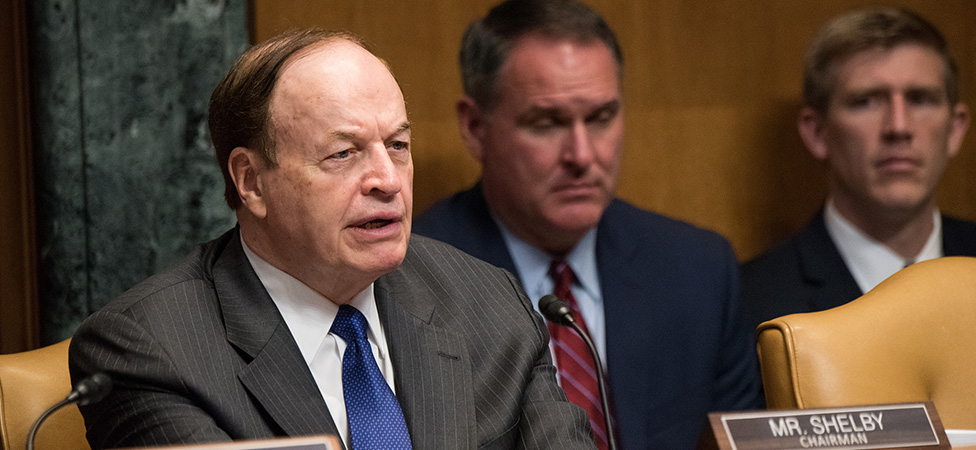

Excerpt from September 20th Federal Budget IQ Report
The House plans to be in session four more days between now and the November elections. None of the 12 annual FY19 Appropriations bills have been enacted. That’s the bad news.
Here’s the good news. By midnight on September 30th, we expect President Trump to sign into law two appropriations “minibus” packages funding the Departments of Defense, Education, Energy, Health and Human Services, Labor, and Veterans Affairs and a Continuing Resolution (CR) through December 7th that avoids a pre-election shutdown of the remaining federal agencies.
If things proceed according to plan, the House will recess shortly after passing HR 6157, the FY19 minibus that includes the FY19 Department of Defense (DoD) Appropriations bill, the FY19 Labor-HHS Appropriations bill, and the CR. Despite the President’s tweet this morning, the 93-7 Senate vote approving HR 6157 on September 18th reduced pre-election government shutdown prospects to less than 5%.


The minibus strategy has been successful for four key reasons. First, the Bipartisan Budget Act of 2018 (BBA18) set defense and non-defense spending caps for FY19. Second, Senate Appropriations Committee (SAC) Chairman Shelby (R-AL) and Vice Chairman Leahy (D-VT) agreed to package the first two minibus bills in a way that combined priority programs for Republicans and Democrats and avoided controversial policy riders. Although the House packaged the bills differently and included controversial riders, House Appropriations Committee (HAC) Chairman Frelinghuysen (R-NJ) and HAC Ranking Member Lowey (D-NY) agreed in the end to the Senate’s approach. Third, pushing the FY19 National Defense Authorization Act (NDAA) honoring Senator John McCain (R-AZ) through the House and Senate with strong bipartisan votes greased the skids for action on a FY19 DoD Appropriations bill that closely tracked NDAA authorization levels. And finally, the decision by SAC Chairman Shelby (R-AL) to restore regular order on the Senate Appropriations Committee and allow debate and votes on amendments dramatically reduced the number and intensity of partisan disputes on 9 of the 12 annual appropriations bills.
Because of this strategy, fewer cabinet agencies begin FY19 having to worry about CRs and shutdowns than at any time since 1997.
For the remaining agencies, the bad news is that through most of FY19 Q1, Trump’s FY19 budget recommendations will limit agency policy and spending decisions more than FY18 levels. Why? Because in aggregate, Trump’s FY19 budget cut civilian agency spending $65 billion below the FY19 cap set in BBA18.
Four of the seven remaining FY19 appropriations bills appear to be on track for a quick resolution in a post-election “lame duck” Congressional session. Our evidence is that a third “minibus” containing Agriculture, Financial Services and General Government (FSGG), Interior, and Transportation-Housing and Urban Development (T-HUD) passed the Senate 92-6. That leaves three “problem” bills. Commerce-Justice-Science (CJS) is mired in special counsel investigation politics. State-Foreign Operations faces major funding and policy challenges, and the Department of Homeland Security (DHS) finds itself in the eye of the political storm over immigration and deportation policies and funding for President Trump’s border wall.
We’ll focus on potential election implications next month. Until then, these funding decisions will have two major operational implications. First, for most civilian agencies spending will slow in the first quarter of FY19 before ramping up in Q2 and Q3. That’s particularly true for agencies operating under the CR. Politics may delay that ramp-up further for agencies like DHS and State. Second, the threat of major (10% or more) spending reductions in FY20 for defense and non-defense agencies will slow agency spending in FY19 Q4 until a new budget agreement is finalized. The November elections will have a big impact on what that deal looks like and when it happens.
Forecast
40% Prospects for a partial government shutdown in December